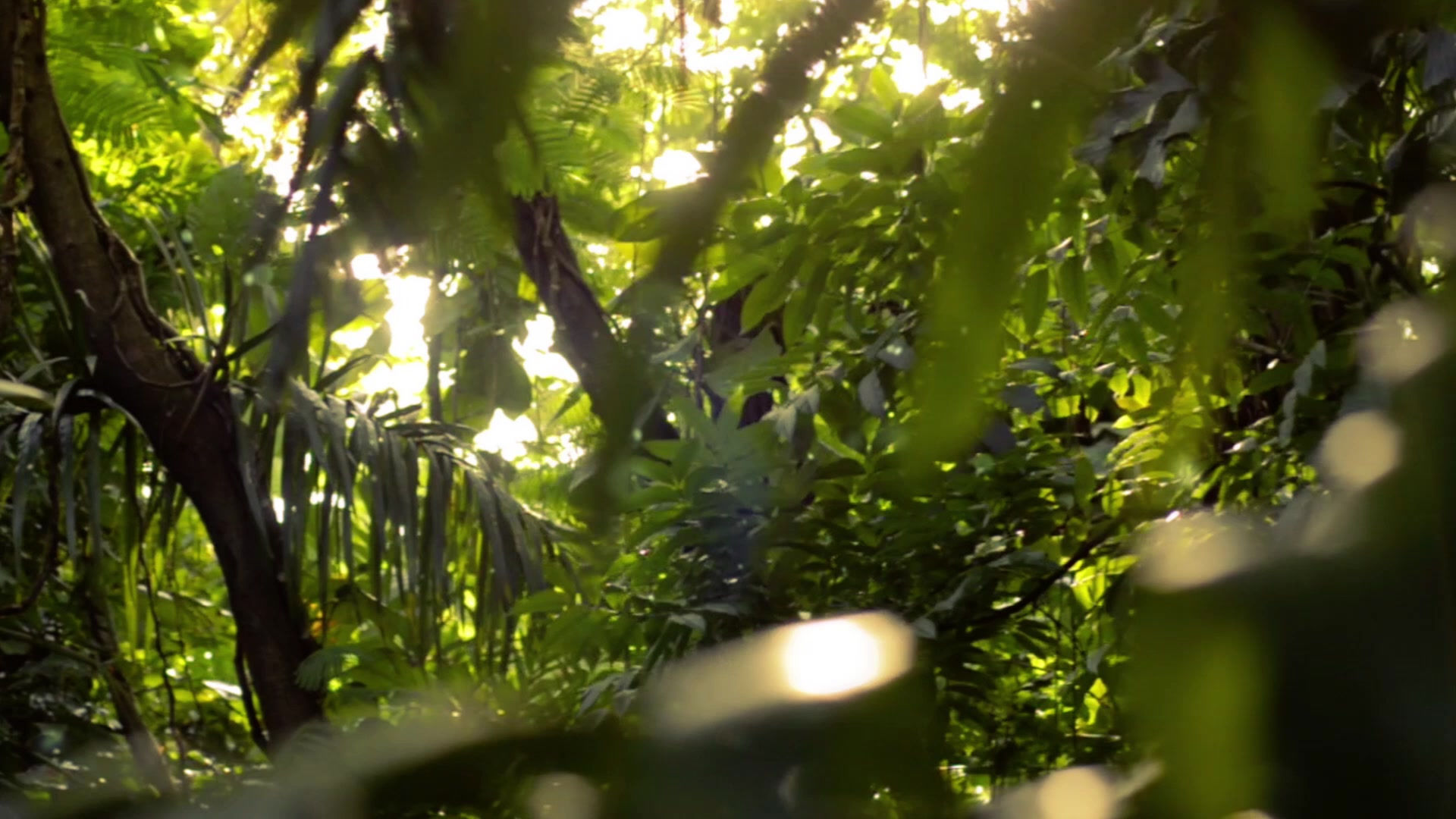
How can you help the Southwestern Willow Flycatcher?
There are multiple different ways to help out your Southwestern willow flycatcher. Some ideas to think about are eliminating livestock during the breeding seasons. That would be to keep livestock farming in contact with nest sites during this period could potentially allow the population to come back. Another helpful way of helping out your Southwestern willow flycatcher is eating less meat. Less meat equals less live stock which means the willow flycatcher isn't such a dangerous situation. There are tons of voluntary areas where you can help protect this species, there are also donations to the organizations that are help protect this species will give back to the cute little bird, the southwestern willow flycatcher. Down below are links of where you can help out based off location,
Based off you live, here are links to actives you can help give back to the southwestern willow flycatcher!
One way of helping out is by volunteering near by.
If you live in, Arizona, (http://az.audubon.org/volunteer-14) or
California(http://www.southernsierraresearch.org/Workshop/ ) -http://lpfw.org/get-involved/volunteer/
Here are links to where you could volunteer and truly help out.
You can also donate to the pograms who are currently trying to restore habitats, and achieving conservation missions.
If you live in Coloardo you can donate:
http://www.tamariskcoalition.org/get-involved/make-impact
If you live in Arizona you can donate :
https://act.audubon.org/onlineactions/dAVJ0d3bG0eA_cyYJgjZRw2
If you live in California you can donate:
https://act.audubon.org/5rSGj_kLnE-QTscfahrSaA2
Also, if you want to help bird habitats along the western rivers, wetlands and lakes that are in troubles please sign this petition!
Heres another awesome petition that could make a difference for the future of North America’s boreal forest. It will help moose’s by protect their land from mining, it will help protect north american bird nurseries , and so much more.
http://www.borealbirdsneedhalf.org/en/
https://www.borealbirds.org/announcements/north-french-river
If you would like to get updates on how the South Western Willow Flycatcher, make sure to sign up https://public.govdelivery.com/accounts/USDANRCS/subscriber/new?topic_id=USDANRCS_1394